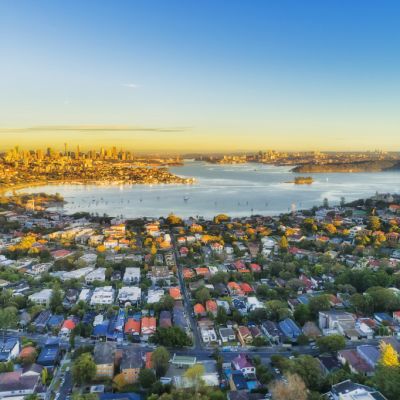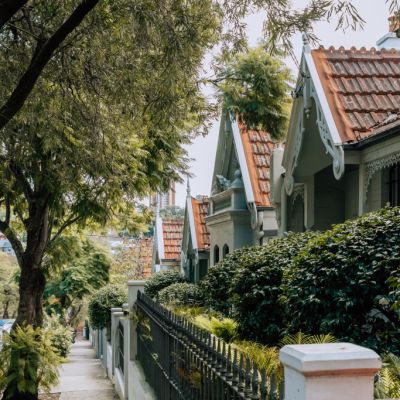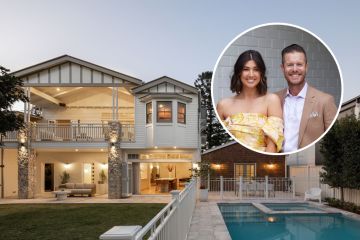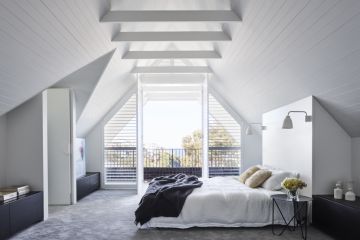Six questions home buyers should ask themselves to help focus their property search
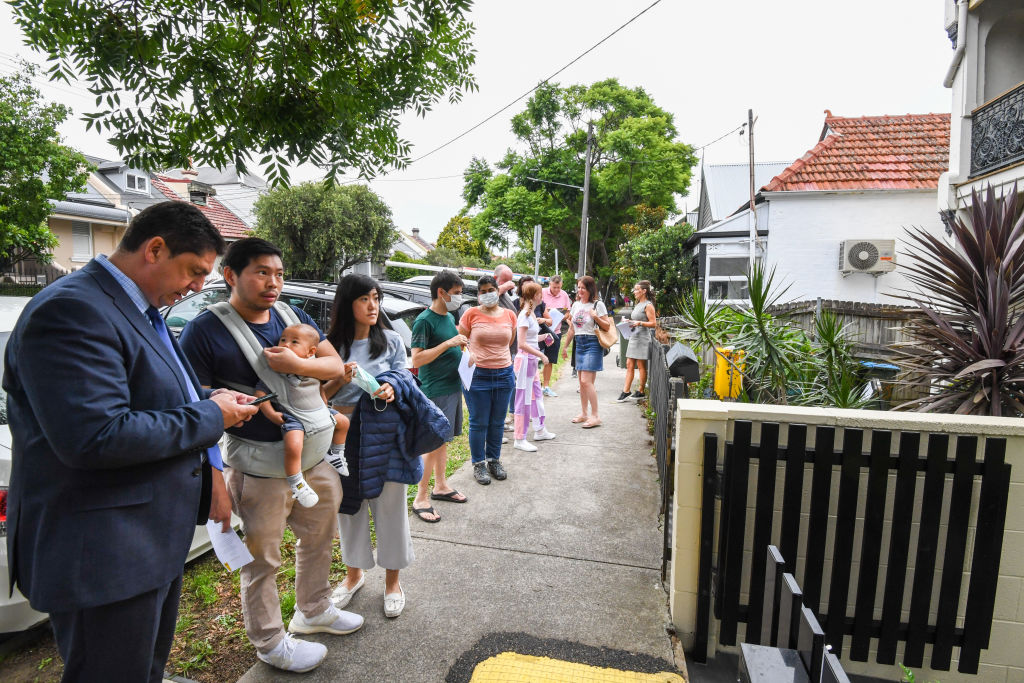
Every home buyer is unique and has different priorities when it comes to finding their dream home. But it can be near impossible to find a property that ticks all your boxes, and it’s also easy to get distracted by a beautifully-styled home, an incredible view or proximity to your favourite cafe.
So, how can we stay focused on the core elements of a property and neighbourhood that can’t be easily changed but will have an enduring impact on the life we’ll be able to lead after we move in?
Domain spoke to Lisa Parker of Melbourne’s Parker Buyer Advocates and Kiril Ruvinsky, a property strategist and valuer at Sydney-based Strategic Investor Group, to determine what questions buyers should ask themselves to help determine their lifestyle priorities before they buy.
1. What mortgage repayments can I comfortably afford?
Parker says everyone wants a more expensive property than their budget allows, regardless of whether they have $600,000 or $6 million to spend.
To avoid budget blow-out, she makes it her mission to determine what a buyer’s “absolute maximum-stretch budget” is and what their preferred budget is.
“We also look at the resources available to them if they were to lose their job or something else happened that affected their ability to earn an income. Some people have got a share portfolio; others might have generous parents. Essentially we’re looking at their buffer and making sure they’ve got one.”
If they haven’t, Parker says it’s usually wiser not to go to the “maximum-stretch budget” but instead stick within their preferred budget and aim to have money left over.
Both Parker and Ruvinsky recognise that some people prefer to prioritise monetary savings over the quality of the home they buy. However, others will sacrifice their discretionary spending to secure their dream home. It’s up to you to figure out which camp you fall into.
2. Do I want a house, a townhouse or an apartment?
Buyers can be adamant about their preference for dwelling-type, yet Parker says she often finds room for movement when she digs a little deeper.
“We might have clients that ask for a really big block of land for their kids to play on, but they also want to be within walking distance of a train station,” says Parker. “The reality is that the closer you get to the station, the smaller the blocks are in most suburbs.”
Other buyers are prepared to trade a free-standing house for an apartment when they realise they can get access to great amenities like a pool, gym and communal gardens.
Some buyers who were focused on finding an inner-city apartment to be close to bars and restaurants admitted a once-a-month night out could easily be managed from a middle-ring suburb where property prices are lower.
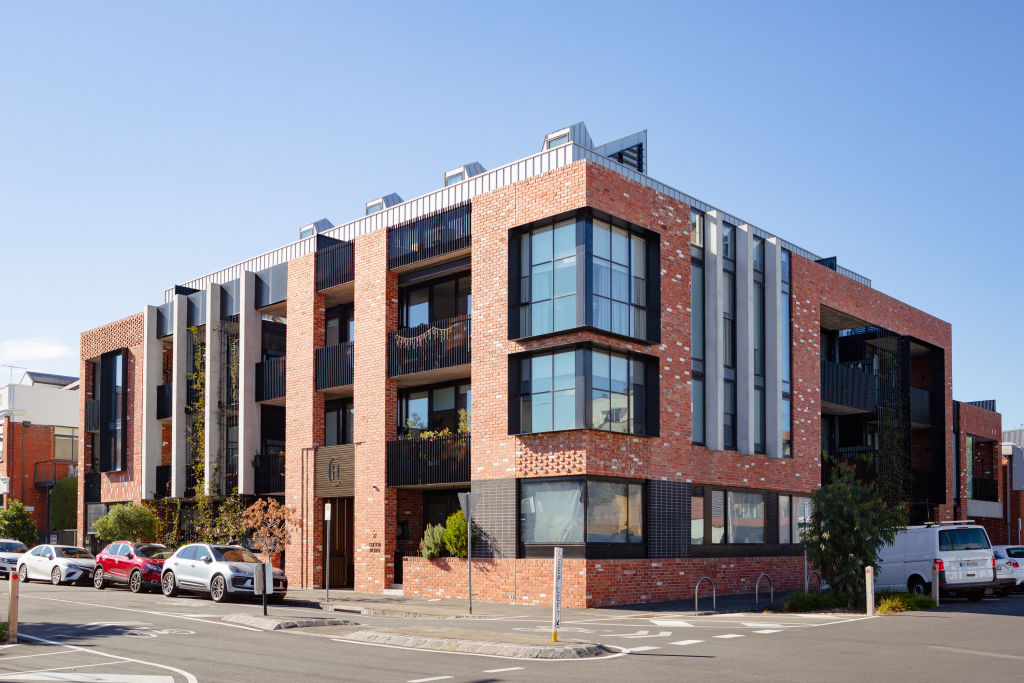
Parker says it’s critical to consider whether the property you’re buying is a short or long-term proposition because if you’re a young couple looking at apartments and you don’t want to move once kids come along, you’ll need to think beyond the requirements of two working adults.
“It’s a massive consideration for us because if a client doesn’t want to trade out of a property, we’ve got to think about their current and future needs,” she says. “A lot of buyers in that situation find it difficult to fast-forward into the future.”
3. How do I spend my free time?
If you spend most of your free time curled up on the couch with a book, that couch can be in a home located almost anywhere. But if you’re a gym junkie, a foodie or a parent of active young kids, you’ll probably be looking for nearby amenities to make your weekends more relaxing.
The trick is to figure out where you spend most of your free time. Is it at the park? The local cafe? The gym or aquatic centre? Exploring bush trails? Playing golf? Visiting art galleries and museums? Will the kids need soccer or netball clubs, karate or dance classes?
Some of us need space for hobbies at home; others make good use of local facilities. Make a list of your must-haves and use it to narrow down your preferred location.
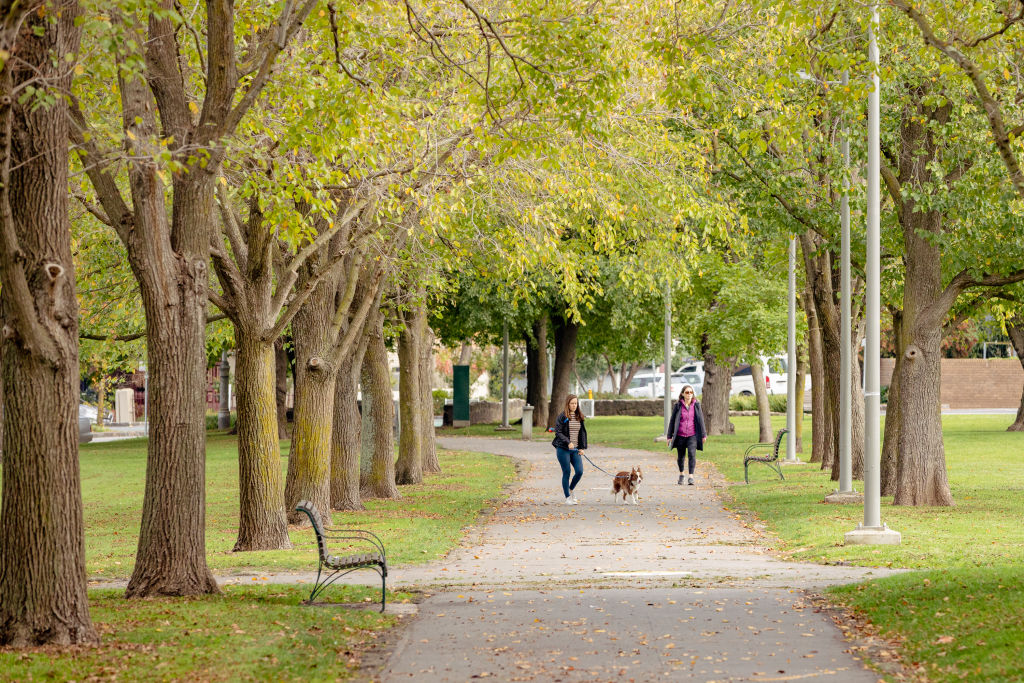
4. Do I need to be close to schools, work or public transport?
A short commute to school or work comes down to two main factors: access to public transport and the distance you live from school and work hubs.
Ruvinsky says access to public transport tends to be a priority for most clients at Strategic Investor Group.
“No one wants to be in a car for an hour each way,” says Ruvinsky, who moved his family from Rose Bay to Zetland and loves the speedy train network. “Having everything at your doorstep, all the options available to you; it feels like living in New York.”
And if you’ve got school-aged kids, Ruvinsky says you can’t have a conversation about where to live without mentioning school zones. The catchment area of your preferred school will form the boundaries for your property search.
5. Do I need to be close to my network of family and friends?
Perhaps your mum cares for your toddler two days a week, or you’re keen to be within walking distance of your walking buddy or your elderly father-in-law counts on regular visits. There are plenty of reasons we choose to live within the cooee of our family and friends.
“If your whole support network is there, especially if you’re a young family, the support that community can offer is so important,” says Ruvinsky. “The more disconnected you are from your community, the harder it is to get those benefits.”
Ruvinsky says if you’re not hunting for a home close to friends and family, it’s still worth evaluating the sense of community in a neighbourhood.
“One thing people do get attracted to is a sense of a community,” he says, describing his own decision to buy an investment property after a chance visit to Erskineville.
“I made an unplanned stop in Erskineville and thought ‘what a cool little community’. Everyone was saying hello; it felt like a little country town within the city. We’re social beings; we want to feel like we’re part of something, even if it’s just when we’re out buying a coffee.”

6. Is convenience the key?
Ruvinsky says you can’t really overestimate what convenience will mean for your day-to-day life.
“It’s hard to articulate; we don’t really focus on that, but clients will say I want to be close to work, school, or public transport. We gravitate towards what’s most convenient.”
Parker adds that while many people are crystal clear about their priorities, others find their priorities shift once they are subject to what she calls a “stress test”.
“I think that there is a concept that people have in their mind of what they should be looking for because everybody wants these attributes in their house, but when we look at their lifestyle, they don’t really need [all those things],” she says. “Stress test the priorities that are clashing and drill down to find out what is the most important of those things.”
We recommend
States
Capital Cities
Capital Cities - Rentals
Popular Areas
Allhomes
More
